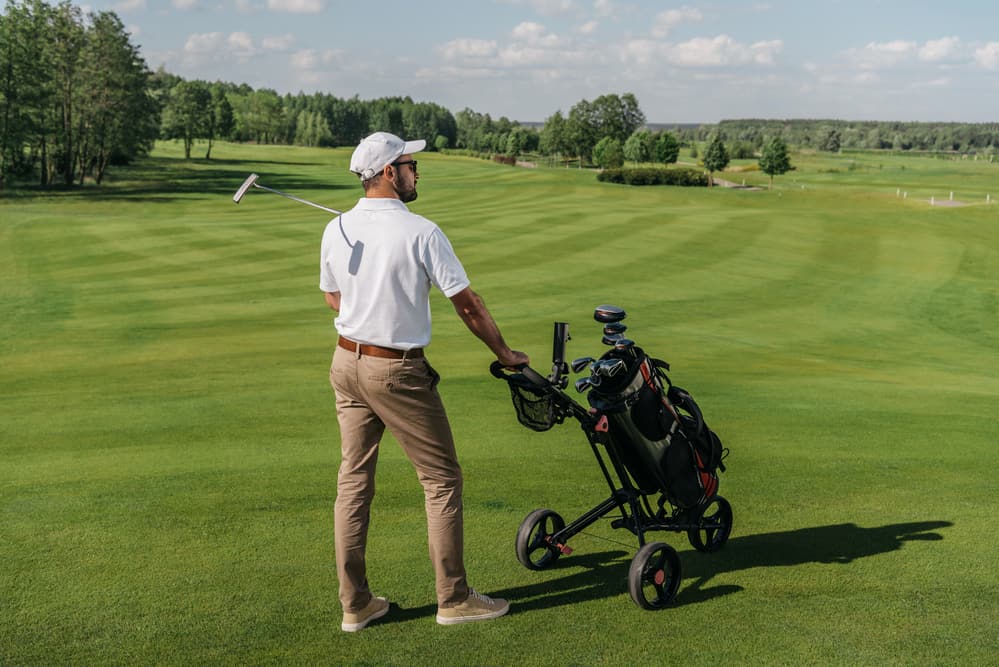
Professional golfers are able to control the distances of their shots better than any of the amateur players around them.
Knowing how to hit golf shots within a foot or two of a target is a tremendous benefit.
However, if you don’t have the proper yardage to that hole, what good is it to hit a perfect golf shot?
Professional golfers that are looking to hit certain yardage really need to have the right number.
With players not typically using rangefinders, you may wonder how they get their exact yardage.
Let’s take a look at how professional golfers know their yardage.
How Do Pro Golfers Know Yardage?
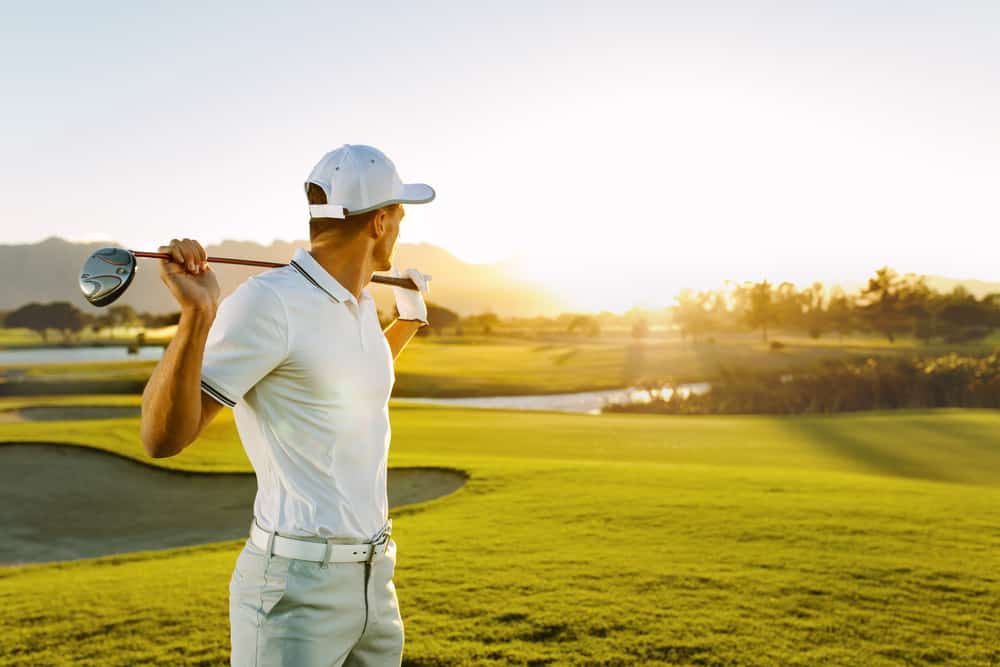
Pro golfers know their yardage from a PGA Tour caddies’ yardage book or players’ yardage book.
These yardage books are very important to players and are carried around on the golf course.
The yardage books have lots of individual yardage markings in them, and they will have yardages to sand traps, water hazards, and more.
Golfers who want to know their yardage can easily refer to the yardage book and see a variety of numbers that will help them pace off the exact distance to the pin.
Each day, golfers are typically given a pin sheet location.
This shows exactly where the hole is located for that day so that adjustments to the yardages can be made.
These pin locations are often decided upon prior to the start of a tournament, so it is a way that players can practice and prepare during their rounds.
In addition to the yardage book and pacing off yardages, there are also some tournaments that will allow a laser rangefinder to be used during the event.
The laser rangefinder does a great job of keeping golfers in touch with exactly how far they are from the hole.
Laser rangefinders give professionals an exact number, but they are not allowed in every golf tournament.
There are, of course, positives and negatives to having a rangefinder, and that is something else that professional golfers need to consider.
Can Professional Golfers Use Rangefinders?
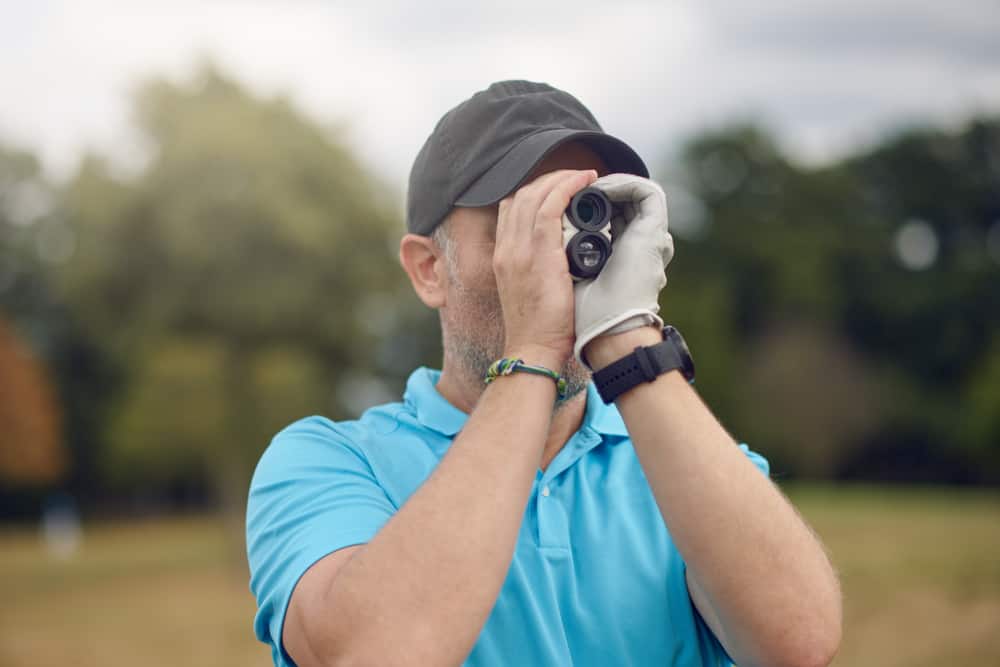
Professional golfers can use rangefinders in some tournaments.
This does not mean that they are allowed to use a rangefinder in every golf tournament, as that has not been approved by the USGA just yet.
However, in the tournaments where golfers can use these rangefinders, you may still see them using their yardage books.
There are some positives and negatives to using a rangefinder, and it does not always make sense to use them.
Therefore, golfers need to be really smart about what they use their rangefinders for.
During a practice round, you will often see golf professionals using their rangefinders to make notes in the yardage book and get a good idea as to how far the pins are.
In addition, golfers will use the rangefinders to pick locations where they want to hit their drives or leave a layup on a par 5.
The player will also determine how far they need to hit the ball in certain situations that could get them in trouble as far as their ball position and ball flight is concerned.
The use of the practice round rangefinder is very strong, and almost all golfers will have one in their bag to use on these days.
A caddy and a professional will often have a rangefinder in their hand during the practice rounds as some golfers like to check for themselves to see what the exact yardages are as they are in tournament prep mode.
The use of rangefinders is not legal in any type of tournament play when it has the slope mode on.
Slope mode gives golfers too much information about their distances, and this makes it unfair for some players.
There should be a bit of knowledge and feel that goes into this decision to make sure it is not just simply a decision for a player as to which club they should hit.
What Type Of Rangefinder Does A Professional Use?
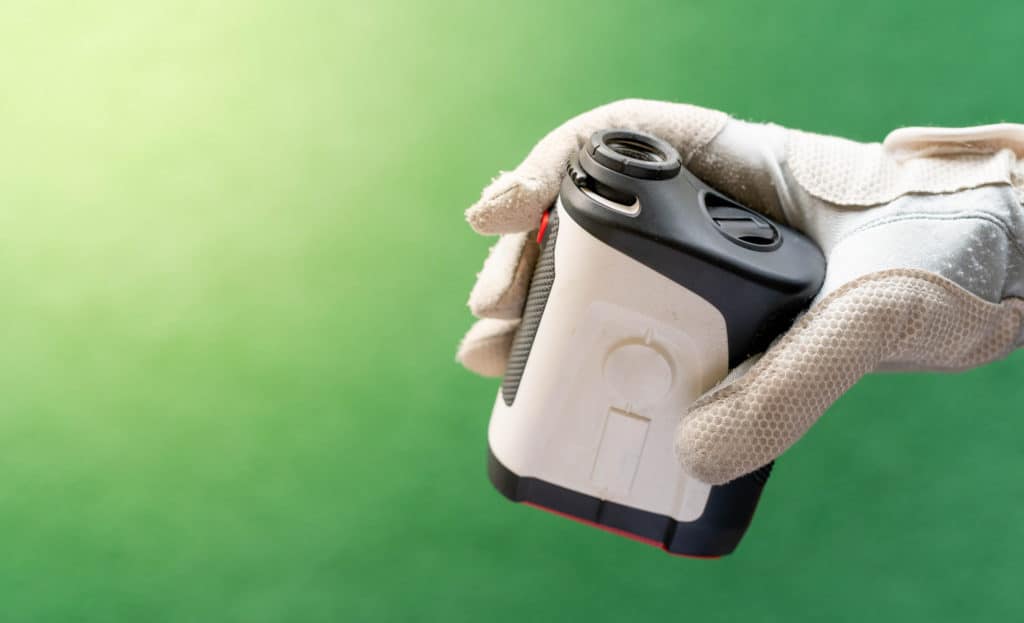
Golf professionals can have their pick at any golf rangefinder they would like.
However, there are some common features that you will find the rangefinders that they choose will have.
If you are curious about the type and style of rangefinder that a professional uses, let’s look at a few of the key considerations these players make.
1. Laser Vs. GPS
Gogogo Sport Vpro GS24 Golf & Hunting Laser Rangefinder, 7X Magnification, 1200 Yard Distance Measuring Range Finder with High-Precision Flag Pole Locking Vibration Function Slope Mode Continuous Scan
The majority of golf professionals will choose the laser rangefinder over the GPS rangefinder.
Laser rangefinders are going to give you the exact yardage to the pin.
This exact yardage is a perfect number and is what a professional will need to hit an accurate shot.
With a GPS model, the distance to the front, middle, and back of the green is what a player ends up with.
Although this information can be good to have, it is not nearly as accurate when you are playing for millions of dollars.
In addition, the golfer who has a yardage book will likely be able to figure out the distances to the front, middle, and back very easily.
The laser rangefinders are fast, and this is a major reason the rules have loosened up a bit about the use of these rangefinders on the market.
When you take a laser rangefinder and fire it at the flag, you will get your yardage in a matter of seconds.
Although yardage books can help players get some decent yardages in a short period of time, it is not nearly as quick as the laser rangefinder.
Laser rangefinders could help to make PGA tour rounds considerably faster, and this is one reason they are being allowed more often.
In the end, we will probably see the rangefinders used in golf tournaments, as it almost seems unfair at this point to keep this technology away from the best players in the game.
2. Accuracy
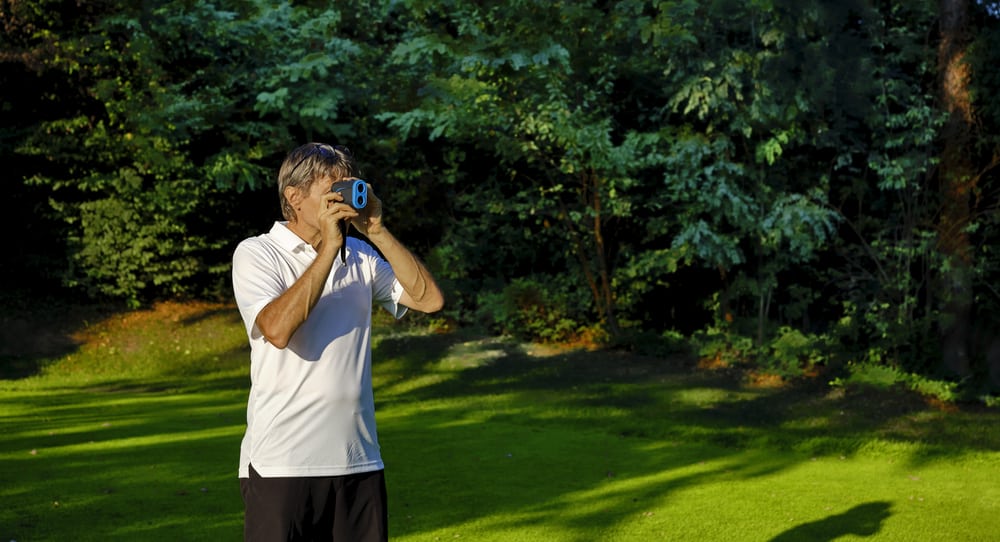
A laser rangefinder is extremely accurate.
Golfers are able to get the exact number of yards to a pin without having to do too much of their own work.
There is also no room for error unless, of course, you aim your rangefinder at the wrong target.
Luckily, with technology from companies like Bushnell and Nikon, it is almost impossible to get incorrect yardage.
These laser rangefinders are accurate to within less than a yard.
3. Slope Vs. Non Slope
Callaway Golf 300 Pro Slope Laser Rangefinder
There are two types of laser rangefinders on the market, those that have slope, and those that don’t.
Although the slope is a legal technology for practicing and warming up, it is not legal in a tournament situation.
Therefore, it makes sense for golfers to have a model that has a slope function that can be turned on and off.
Some lower-priced rangefinders will have slope functionality that cannot be turned on and off.
For professional golfers, it is essential to get a rangefinder that will allow you to turn the slope on and off.
For the most part, slope technology may not be something that professional golfers rely on all that much.
The reason behind this is that these golfers would rather be able to calculate slope measurements on their own and have some idea of how an increase or decrease in slope impacts their golf game.
If you need a rangefinder to tell you that the downhill or uphill slope has an impact on your golf shot distance, then you are likely not a professional.
Truly, the great players who are on the course every day can probably tell you how far they have to their target without even using a rangefinder.
After a time, they learn to eye the distances and do not even need a rangefinder or distance learning device.
4. Features
WOSPORTS Golf Rangefinder, 800/1200 Yards Laser Range Finder, High Precision Flag Lock with Pulse Vibration, Tournament Legal Rangefinder for Golfing and Hunting, Battery Included
Golf rangefinders can have a lot of features like pin-seeking technology or magnetic cart mount.
However, sometimes these features can end up slowing down the yardages or making the unit difficult to program.
You will find that many of the top golfers in the world like to keep things rather simple.
They would rather have a caddy just tell them exactly how far it is to the hole and then work out from there which club makes the most sense to hit.
How Do Professional Golfers Choose Which Club To Hit?
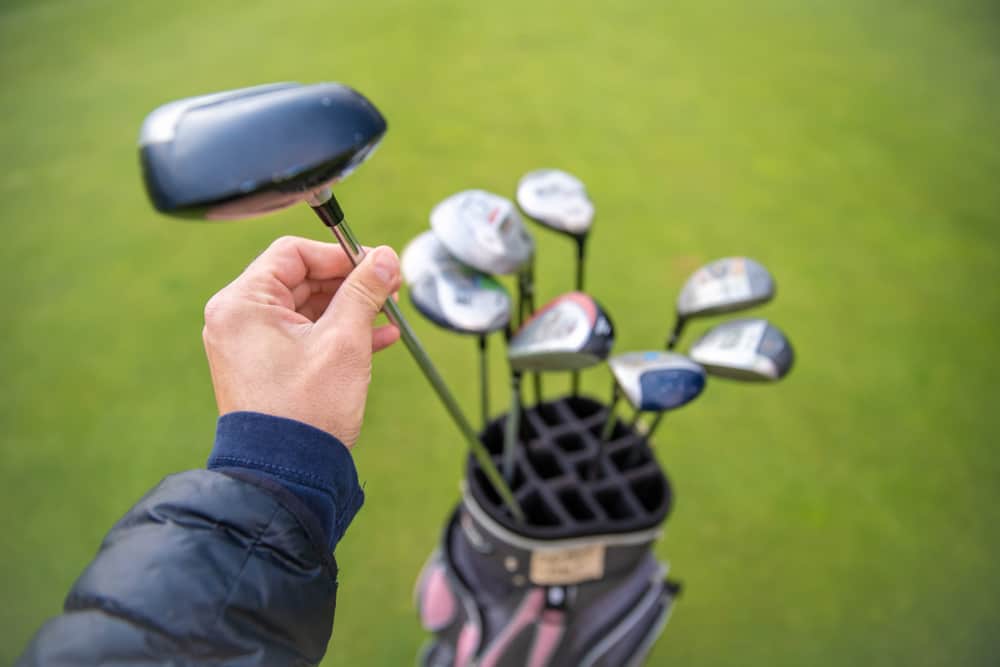
Now that you know how professionals get their yardage, you may be wondering how they can decide on which club to hit.
There are a few ways that a player does this, and they may be different than you think.
If you watch enough golf on television, it may seem as though golfers are letting their caddies choose their clubs for them.
However, this is not the case.
Although the caddy can be involved in choosing the club, most of the time, the player chooses, and the caddy will chime in with their input.
The golfer is the one who needs to pull off the golf shot, and therefore, they must be confident with the club that they are choosing.
Professional golfers need to consider the full distance to the pin, the distance to certain levels of the green, the distance to the bunkers and hazards around the green, and more.
If you watch a lot of professional golf, you will notice that these players rarely hit directly to the pin.
They are often looking at the areas around the pin and trying to ensure that they are putting the ball in a location that allows for them to make the next putt.
If you are struggling to make more putts, chances are you are putting yourself in a poor location.
Overall, professional golfers will also have to think about the wind and the type of tournament they are playing in.
Some golf courses make it easy to attack the pin, and others will make golfers happy just to get on the green.
There are a lot of factors that go into choosing the right club to play, even the type of golf shot a player wants to hit.
Some golfers want to hit their golf shot a bit high and let it sit up in the air and then land softly on the green.
However, others like to keep the ball lower, and that shot will need to land well before the pin.
There is no one way to go around the golf course.
The key is to play to your strengths and weaknesses and then combine this with data that allows you to hit the shots that you need.
What Do Pros Put In Their Yardage Books?
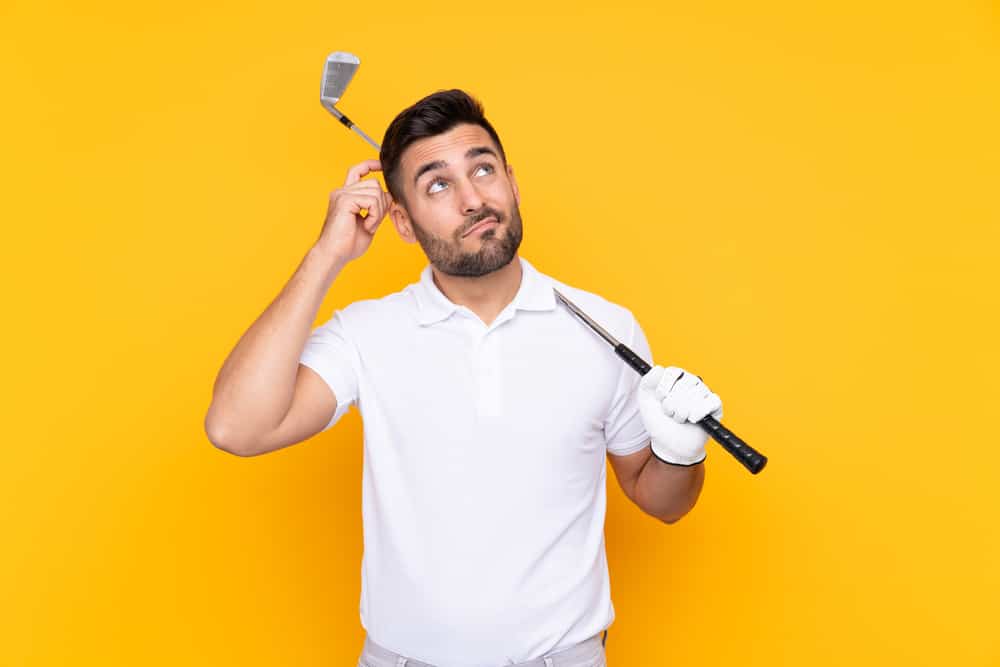
If you ever saw the inside of a pros yardage book, you would likely be very surprised by the amount of information that there is.
Golfers can record quite a few things in their yardage books, and this information will help them throughout the tournament.
The key throughout the practice round is to make notes about the greens, the fairway, the angles, the slopes, and more.
As players look at this information, they can decide their best plan of action for playing the golf course.
Of course, this plan is going to change on the day of the event as not all golf shots will be played according to plan.
However, if players have a good idea as to where they want to aim, what side of the fairway they want to be on, and how they can give themselves the best chance to shoot a low score, their overall success on the golf course will be considerably better.
Pros make all sorts of notes about the course and how it plays, and from there, they will decide whether or not to use this information in the event.
This tends to be extremely popular on the par 3 holes, where golfers will write down what club they are using for each different pin placement.
The par 3 holes will usually stay within the same general yardage range for the four days of the event.
Therefore, it is important to make any notes about how this could change from one round to the next.
Many golf professionals will hit the ball the same distance as their playing partners.
This is common because they all tend to max out the speed that they can get with their clubs.
Players should not rely on the other golfers in their group to get a club.
Instead, this is something that they should prepare for ahead of time and make sure they have the right numbers in place.
Conclusion
Most professional golfers will tell you that the number one mistake average golfers make is choosing the wrong club.
Yardages are hard to always get right, but if you have a system in place that helps you feel confident about your yardages, chances are you are doing the same thing as the pros.
Don’t be surprised to see a professional check their yardages a few times.
They must feel confident about the number they choose and the club they have in their hand.
After all, if the difference of a few yards could mean hundreds of thousands of dollars, you would also want to make sure that you have the proper yardage before swinging.
Keep an eye out for more and more laser rangefinders to be used in tournaments on the PGA Tour.



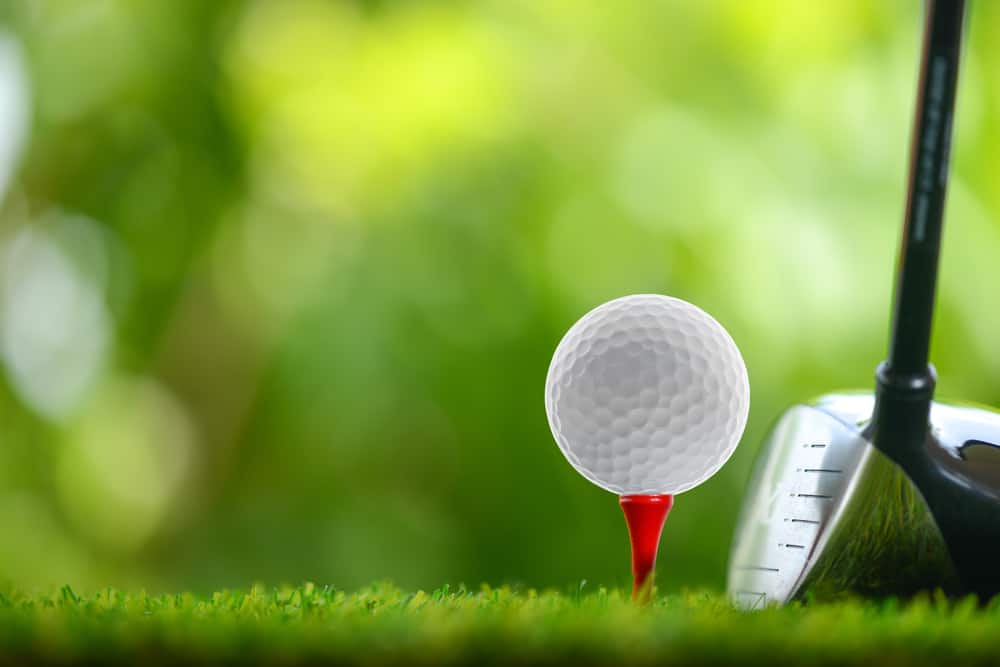
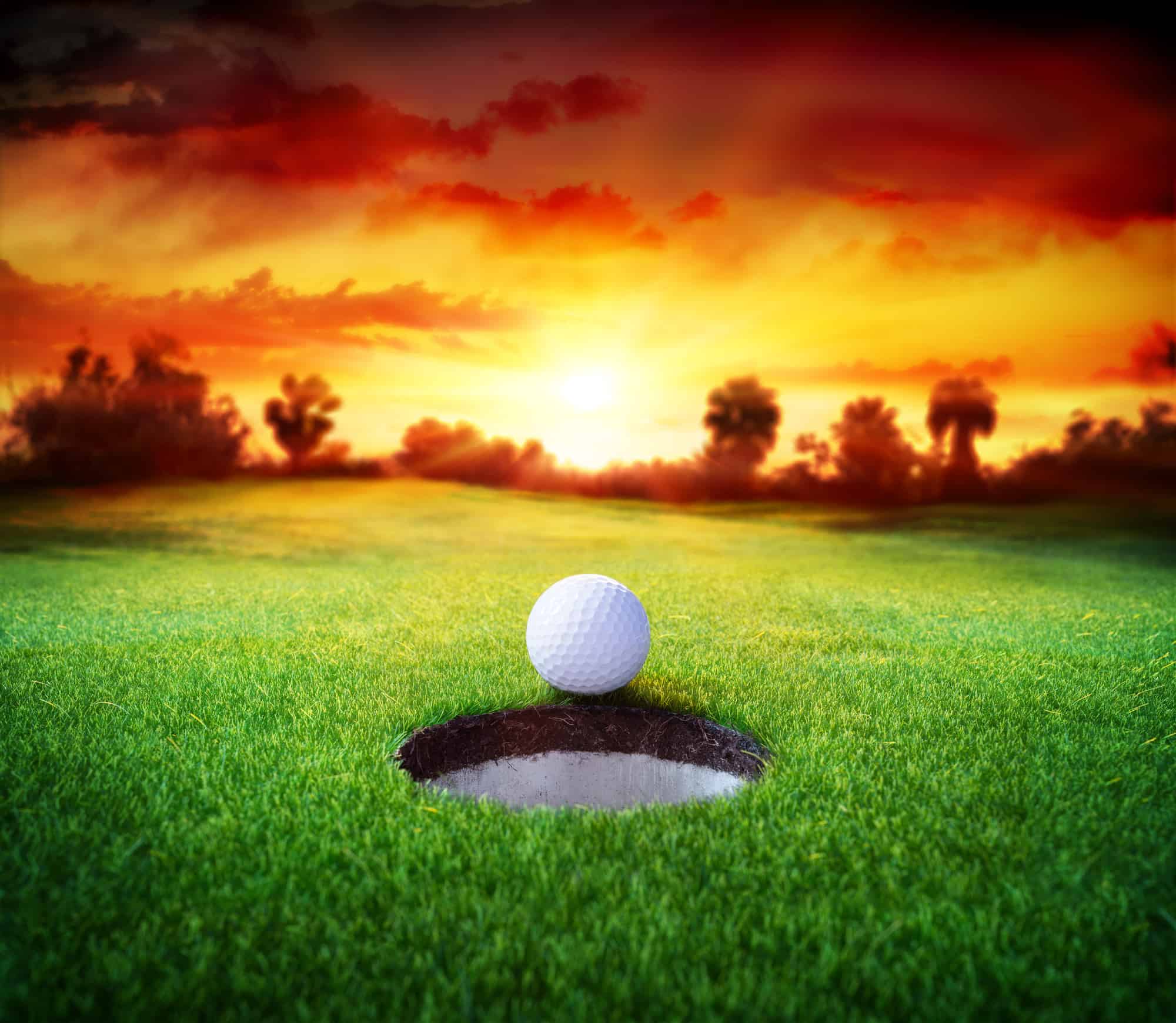
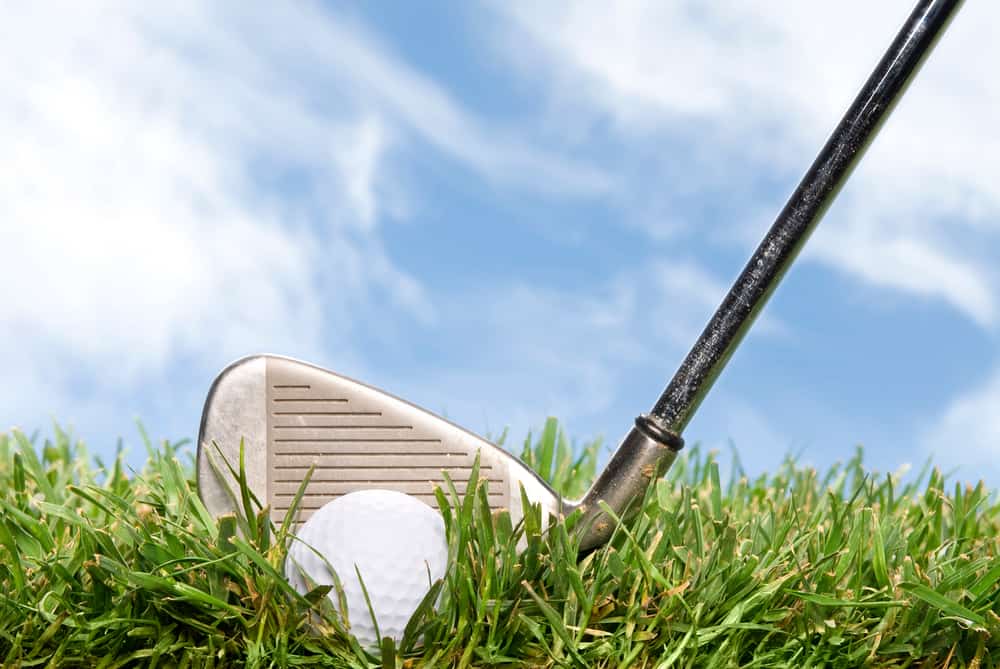
Leave a Reply